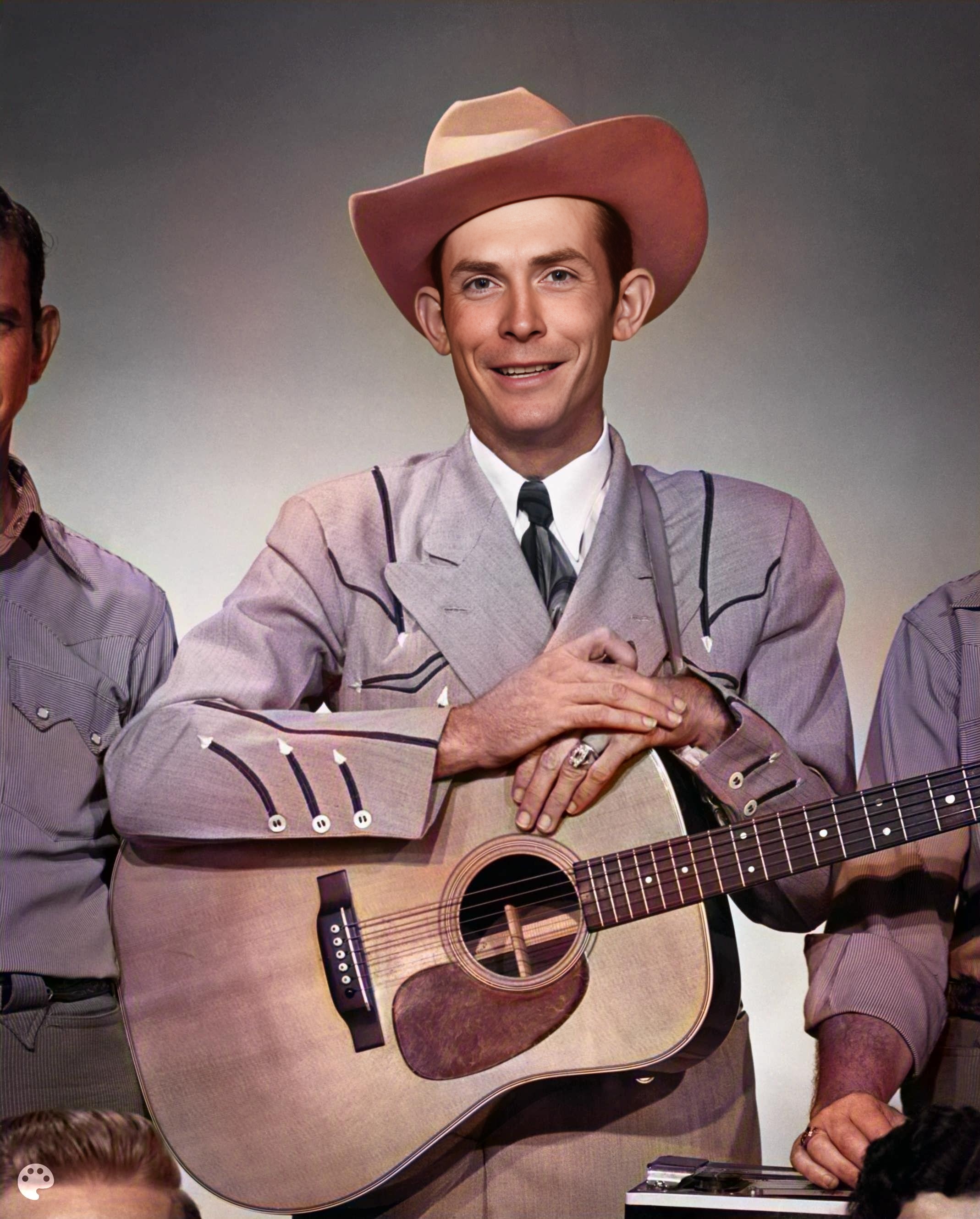
Hank Williams, a towering figure in American country music history, is best known for his raw, honest songwriting and emotive performances. Born Hiram King Williams in 1923, he rose to fame in the late 1940s and early 1950s, leaving behind a legacy of timeless classics before his tragic death at the young age of 29. His music, characterized by its blend of blues, gospel, and honky-tonk influences, resonated deeply with audiences struggling with post-war anxieties and rural hardships. Williams achieved significant chart success during his short career, consistently topping the Billboard country charts with hits like “Your Cheatin’ Heart,” “Hey Good Lookin’,” and, of course, “(I’m So Lonesome) I Could Cry.”
Released in 1949, “(I’m So Lonesome) I Could Cry” is arguably Williams’ signature song and a cornerstone of the country music canon. This haunting ballad transcends simple heartbreak, exploring profound feelings of loneliness, despair, and the inherent sadness of the human condition. The lyrics evoke vivid imagery of nature mirroring the singer’s despondency, with the wail of the whippoorwill and the sigh of the midnight train painting a picture of profound isolation.
While the song wasn’t an immediate chart-topper upon its release, peaking at number four on the Billboard country chart, it quickly gained recognition for its poignant lyrics and Williams’ deeply affecting vocal performance. Audiences were captivated by the raw emotion he conveyed, connecting with the vulnerability and honesty in his voice. Even decades later, the song continues to resonate with listeners, serving as a powerful reminder of the universality of loneliness and the enduring appeal of authentic storytelling in music. It is widely considered a masterpiece of songwriting and performance, cementing Williams’ place as one of the most influential and beloved figures in country music history.